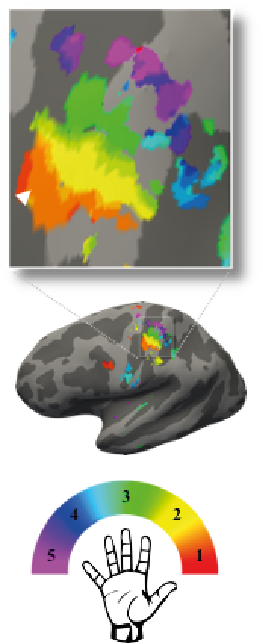Navigation auf uzh.ch
Navigation auf uzh.ch

Revealing brain plasticity after SCI
This project aims to assess how map-like brain representations may change and/or stay remarkably similar following spinal cord injury. This project is led by the Neural Control of Movement lab at ETH Zürich (Department of Health Sciences and Technology), in collaboration with the Neuroimaging group at Balgrist.
Following spinal cord injury, the brain is deprived of sensory input from and motor output to the limb(s). Non-human primate studies demonstrated that this leads to extensive reorganisation in brain areas containing detailed map-like body representations (e.g. the primary somatosensory cortex), such that neighbouring body-part representations (e.g. of the face) “invade” the area deprived of input and/or output (e.g. of the hand).
The assumption of drastic reorganisation in humans remains highly influential both in the neuroscientific literature and the clinic: reorganisation of affected areas is thought to drive both recovery of function and the formation of maladaptive neuronal circuitry that relate to neuropathic pain.
Using a new experimental approach in arm amputees, it was recently demonstrated that functional representations of the missing hand are preserved in the “deprived” area of the somatosensory cortex, a finding that challenges widely held assumptions of brain organisation and reorganisation.
However, how can such topographic representations be preserved, even decades after sensory input loss and cortical reorganisation?
In this research project, we use functional magnetic resonance imaging (fMRI) in tetraplegic spinal cord injury patients to better understand these processes and examine how they may interact.